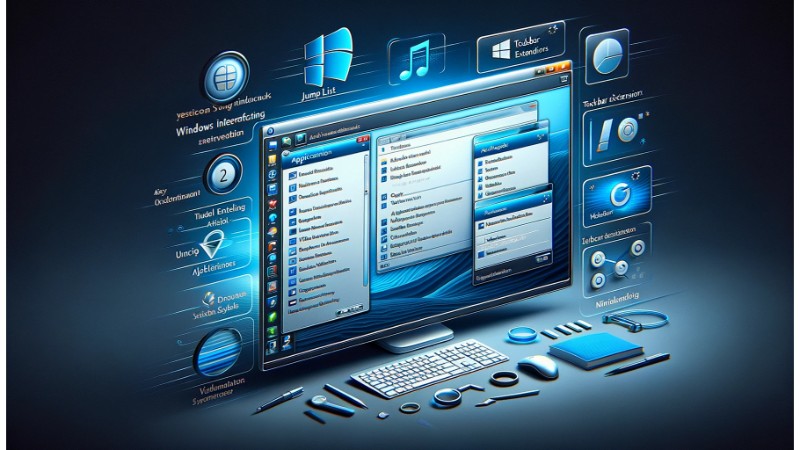Compatibility and Optimization Tips for .NET Framework on Windows 7

Deploying .NET Framework on Windows 7 at the outset demands a nuanced understanding of compatibility and performance optimization to significantly elevate the user experience. The .NET Framework emerges as a robust arsenal for developers, presenting a unified and coherent programming model designed to craft applications that are as visually appealing as they are functionally robust. This piece aims to furnish developers with critical insights and methodologies to ensure that their .NET Framework applications operate with optimal smoothness and efficacy on Windows 7.
Ensure Compatibility with Windows 7:

Before diving into optimization, it’s crucial to ensure that your .NET Framework application is compatible with Windows 7. Start by targeting the appropriate version of the .NET Framework supported by Windows 7. Although Windows 7 supports .NET Framework versions up to 4.8, it’s wise to target a version that meets your application’s requirements without necessitating unnecessary updates for the end-users.
Optimize Application Startup Time:

Compatibility and Optimization Tips for .NET Framework on Windows 7
Application startup time is a critical aspect of the user experience. To improve startup times, consider using NGen (Native Image Generator) to precompile your assemblies into native images. This process can significantly reduce the JIT (Just-In-Time) compilation time at application startup. Moreover, optimizing the application’s startup path by delaying the initialization of non-critical components can also contribute to faster startup times.
Leverage Windows 7 Features:

Windows 7 introduces several features and enhancements that .NET Framework applications can benefit from, such as Jump Lists, Taskbar Extensions, and the Windows Aero graphical interface. Integrating these features can not only improve the application’s usability and appeal but also optimize its performance by leveraging the underlying Windows 7 optimizations.
Memory Management and Garbage Collection:

Efficient memory management is key to optimizing application performance. The .NET Framework’s garbage collector (GC) manages memory allocation and release, but understanding and configuring GC according to your application’s needs can prevent memory bloat and improve responsiveness. Use memory profiling tools to identify and fix memory leaks and ensure that large objects are managed properly to avoid excessive garbage collection pauses.
Use Windows Performance Toolkit (WPT):

The Windows Performance Toolkit is an invaluable tool for diagnosing performance issues in .NET Framework applications running on Windows 7. WPT can help identify bottlenecks, such as CPU and I/O-intensive operations, enabling developers to pinpoint and optimize critical sections of their applications.
Update and Patch Regularly:

Keep both the .NET Framework and Windows 7 up to date with the latest patches and updates. Microsoft regularly releases updates to improve performance, security, and compatibility. Ensuring that your application runs on the latest versions can prevent issues related to outdated components and take advantage of performance improvements.
Testing and Profiling:

Regularly testing and profiling your application on Windows 7 is essential to identify and address compatibility and performance issues. Use a combination of functional testing, performance profiling, and user feedback to guide optimizations and improvements.
Conclusion:
For developers working with .NET Framework on Windows 7, the key to optimizing applications lies in selecting the appropriate framework version, making the most of Windows 7’s functionalities, and adhering to best practices in code development, memory handling, and application profiling. Implementing these strategies ensures not just the smooth operation of applications on Windows 7, but also a user experience that is both responsive and captivating. In an ever-changing technological environment, the ability to stay updated and adapt to new developments is essential for crafting applications that perform excellently across all platforms.

